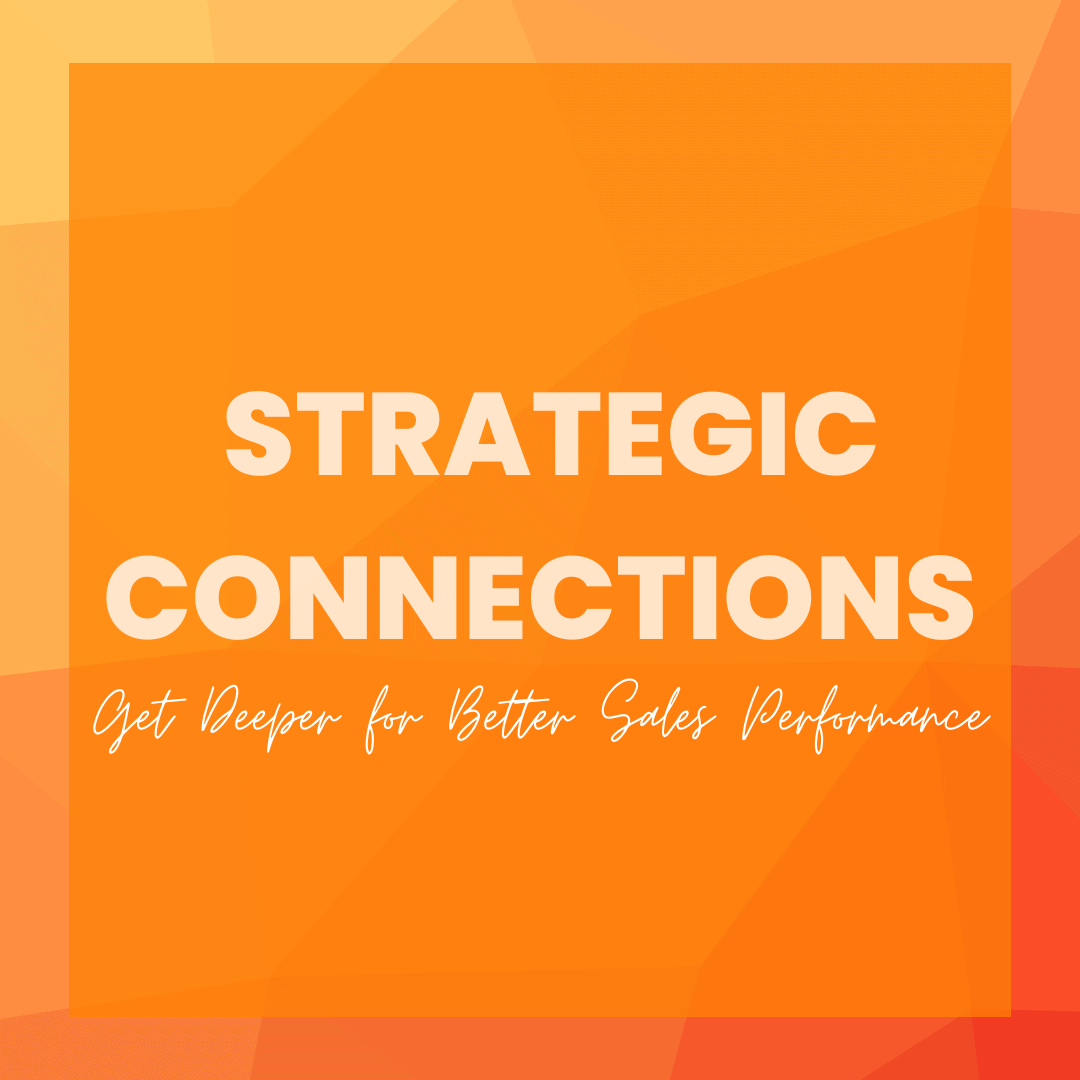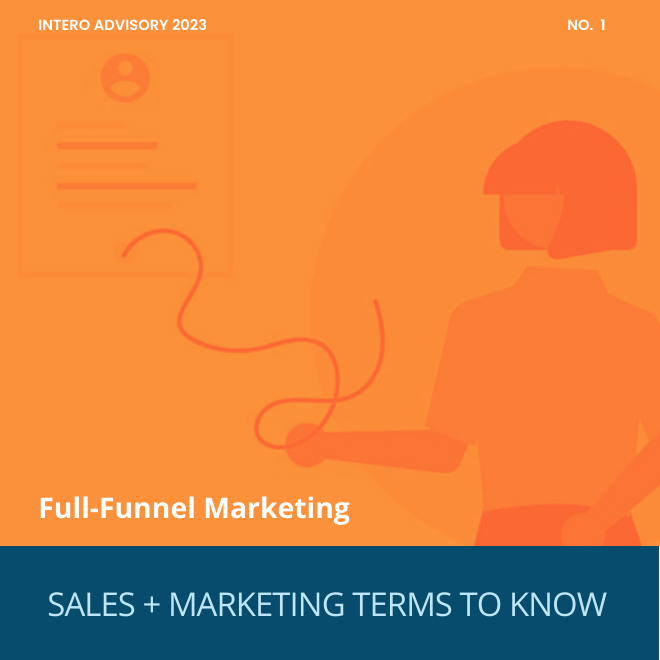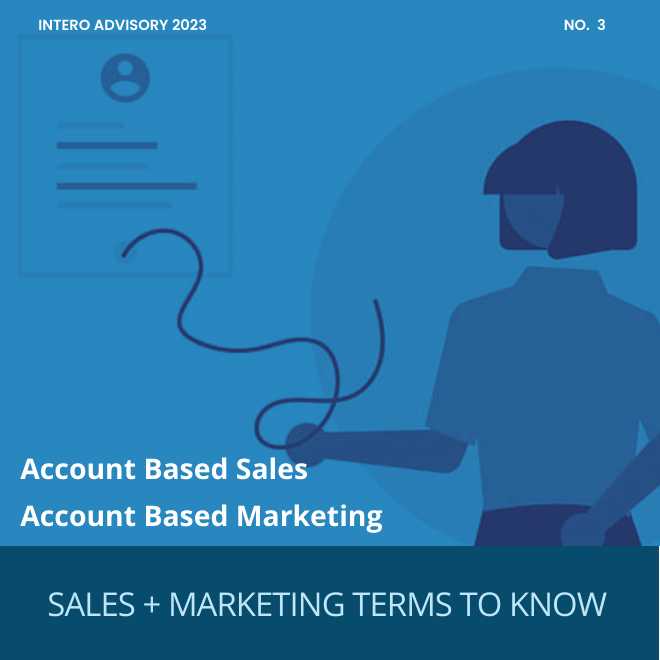According to the 95-5 rule, only 5% of your potential buyers are ready to buy within any quarter, meaning that 95% of potential buyers will be “in-market” sometime in the future.
Consider your addressable market, and then do the math.
Then consider that rarely is a decision made by one person, especially on B2B products and services, and then realize that in 2023 leaders are reviewing and scrutinizing expenses more carefully than ever.
As a sales leader or individual contributor, it’s more daunting than ever, even with the shiny new sales and marketing tools. The best tech stack won’t ensure you reach quota and generate positive revenue performance.
This past week I received an inquiry from our contact form asking what the cost and ROI would be on LinkedIn Sales Navigator, with no other information or context.
The answer is simple. No idea. And, even if I understood the product/service they provided, the cost, and the need – my answer would be the same. The person generates the ROI, not the tool.
LinkedIn data shows that Sales Navigator users connected to four LinkedIn members’ profiles, on average, for each closed-won deal had 5.9% higher increases in win-rate lift than Navigator users who didn’t.
With people moving companies at faster rates than ever, why would you only build a relationship with one or two people? That creates vulnerability for you and your company.
When talking with people about their individual networks and their current and prospective accounts, here’s what I see and hear.
“I have a strong network. I’m sure I’m connected to all my customers.”
“Have you confirmed that?”
“No, how would I do that?”
Usually, they are not. A recent example and review illustrated that of the 35+ buyers in a company, a salesperson had only two connections within the company on LinkedIn. This is a major account and one with significant potential.
“I talk to my customers all the time. Isn’t that better than being connected on LinkedIn?”
“It’s different. Great, you talk often – keep it going, of course. However, there are specific reasons to connect on LinkedIn.”
Most people’s networks are less strategic, relevant, or helpful than imagined.
It’s time to move from assuming everyone wants or needs to buy from you and create a deeper, smarter, and more effective plan.
Do the research, hand-select, research, personalize, and create context. LinkedIn talks about multithreading or connectivity. Call it whatever you like – we’ll call it proximity. Just do it.
Invest the time to go deeper within your current and prospective accounts. Map out your accounts.
Who is in the buying community?
Who are the end-users?
Who are the champions?
When do they buy? What is it that they need to know about your products and services?
Connect strategically – with intention and then context. Even in small businesses, there are at least four people to connect with. Why wouldn’t you?
Please don’t say it’s because you are too busy.
Buyers don’t want shallow attempts – they don’t have time. They want to learn and engage at their own pace and when they want. They need value at every touch point, and they need to access information quickly. They may be less likely to provide an email for the ebook – they want to avoid entering your funnel.
Buyers want information and access, however. How can you provide that in a non-invasive way? How do you create an imprint so they think of you and your company when the next 5% are ready to buy?





